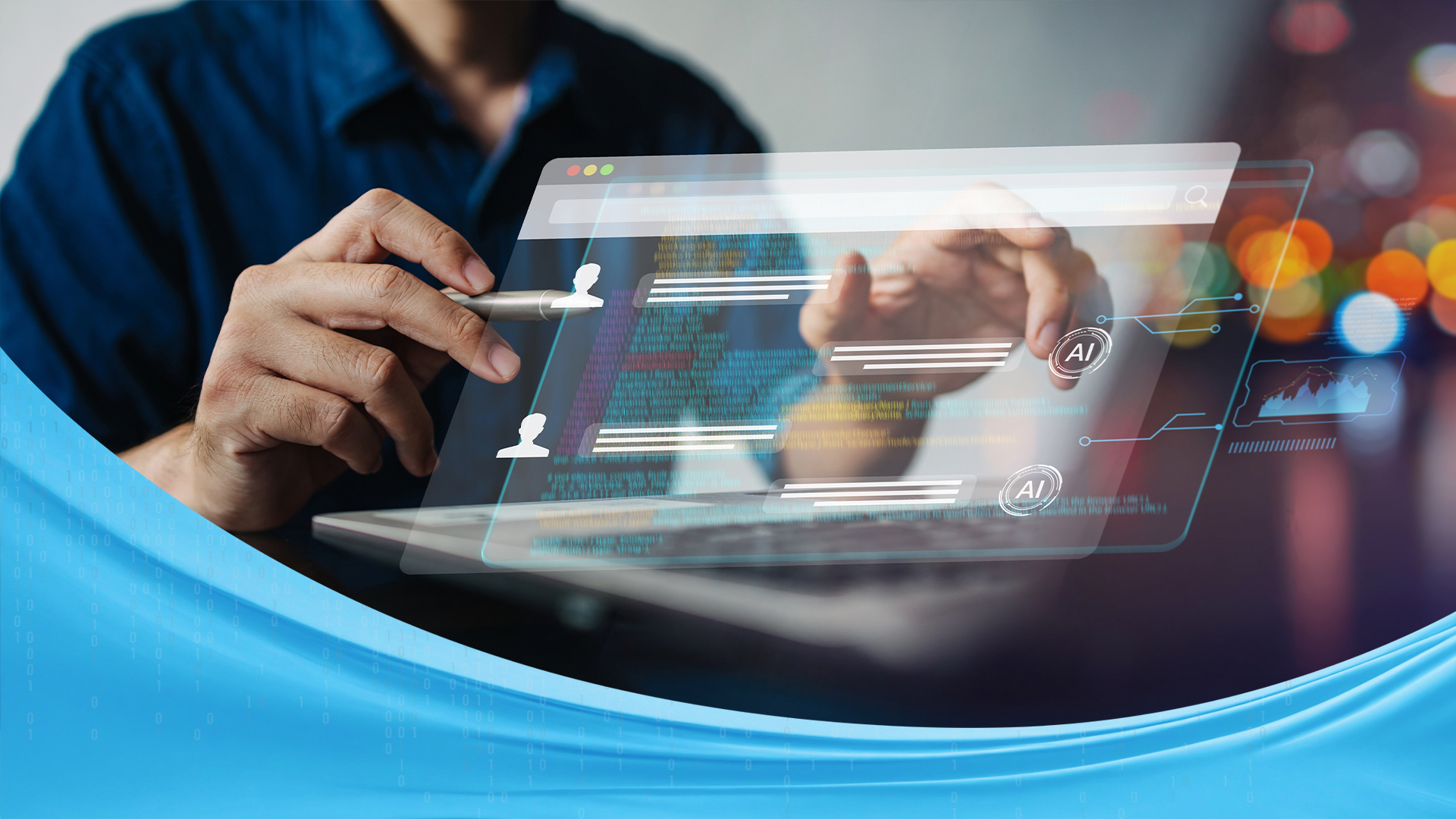Earlier this month, I attended Shoptalk – one of the biggest and fastest-growing retail industry events of the year. In just its fourth year, Shoptalk already has 8400+ attendees and some of the biggest names in both retail and technology. As the VP of OZ’s Retail and Consumer Consulting practice, I’m amazed at how quickly Shoptalk has become one of the premier retail events in the nation.
What makes Shoptalk so great? It brings together retailers, brands, and technology in an incredibly unique way by putting innovation at the center of everything, something that this industry rarely saw until recently. And the caliber of speakers and exhibitioners is unsurpassed, with some of the most prominent names in both retail and technology sharing ideas and real-world examples of using innovation and technology to improve the customer experience.
Here were the top three trends that I thought were most relevant to OZ’s customers:
1) Data is the foundation for everything
Retailers and brands are heavily invested in not only analyzing their customer data but how to get more data. Companies are looking to collect as many data points as they can to drive a better, more personalized shopping experience. They want to know who their customer is regardless of touchpoint. The challenge, of course, is how to best collect it, with each touchpoint having its own unique challenges and opportunities.
One of those companies uses high-speed cameras to track every movement of someone in a grocery store. They know who you are based on your phone and what items you select, tracking every movement of your arms. These highspeed camera algorithms know with high accuracy exactly what you picked (what brand, what size, etc.). A store outfitted with these cameras allows a customer to grab a few things and get charged seamlessly with no cashier or waiting in line. All while ensuring the customer data remains private.
2) Customers expect a seamless experience
There was a lot of talk around how brands could bridge their physical location and digital presence and make that transition seamless to the customer. A key element to this was being able to identify a customer and managing that customer’s data throughout the customer journey. Examples spanned from how a customer could order online and pick up their items from a kiosk in the store, to complete cashier-less purchasing like AmazonGo. There are a significant number of companies investing in this seamless experience.
One company I was impressed with was Macy’s, who talked about how they use data to provide a personalized omnichannel customer experience via mobile app, website, and in-store.
3) Content and social media are critical parts of the sales process
Social platforms like Instagram and Pinterest are becoming the dominant gateways that trigger the customer into the shopping experience. Because of that, brands and retailers are investing heavily in the content on these social platforms to tell their story. Stories, not marketing, are what customers want. To build these stories and find their audiences, many brands are innovating in how they market using social media influencers.
Social influencers are often well-known celebrities, but they may also be less-known people with smaller followings that better fit a brands’ demographic. Influencers could even be employees, and brands are looking at new ways of enabling their employees to be ambassadors for the brand. In many ways, the content and creativity of leveraging these influencers ties back to a seamless experience. Whether in-store or on the app, customers want all the same content and the same story.
4) Robots as a strategic advantage
All these brands and retailers are looking at getting the product to the consumer faster, wherever she or he may be. This goes beyond just traditional shipping, and into how can companies use technology and innovation to improve the last mile experience to ensure customers are receiving their goods where they’re most comfortable. Robots and self-driving may be the next wave. I saw many examples of robots taking goods from point A to point B, from food delivery to prescription medication.
One interesting company wanted to take the concept of the food truck and take it to a new level by building a fleet of specialized vans that would be driverless, cashier-less, temperature-controlled, offer a diversity of goods and could be beckoned by a consumer using an Uber-like app. It was basically a humanless grocery store on wheels. That’s where the industry is going: how to bring the shopping experience – not just retail, but food, medicine, anything – closer to the consumer in a cost-effective, eco-friendly and sustainable way.
How is this relevant for OZ’s clients?
Innovation is happening right now and at a rapid pace. All our clients need to be actively exploring and experimenting with some of these trends or be at risk of having to play catch-up.
- If our clients aren’t looking for new ways to harness their data or personalizing their customer experience, someone else will.
- If our clients look different online than they do in the store, and it doesn’t resonate with the consumer, the consumer may gravitate to a brand that is more aligned.
- If our clients aren’t optimizing logistics improvements to get the goods where the consumer wants them, they’ll be at a strategic disadvantage.
All businesses need to understand their consumer, and tech can help. In 2019 and beyond, jump in and go fast. It’s ok to fail but fail quickly using the agile methodology. Constantly look for improvements to leverage data and content to make a better shopping experience for the consumer which will generate long-term consumer loyalty.



